Photographing the birth of dubstep
Dubstep captured the sound of south London for a generation in the 2000s. In her new book, photographer Georgina Cook takes us back to the early days of grimy, smoky basements and cramped bedroom studios
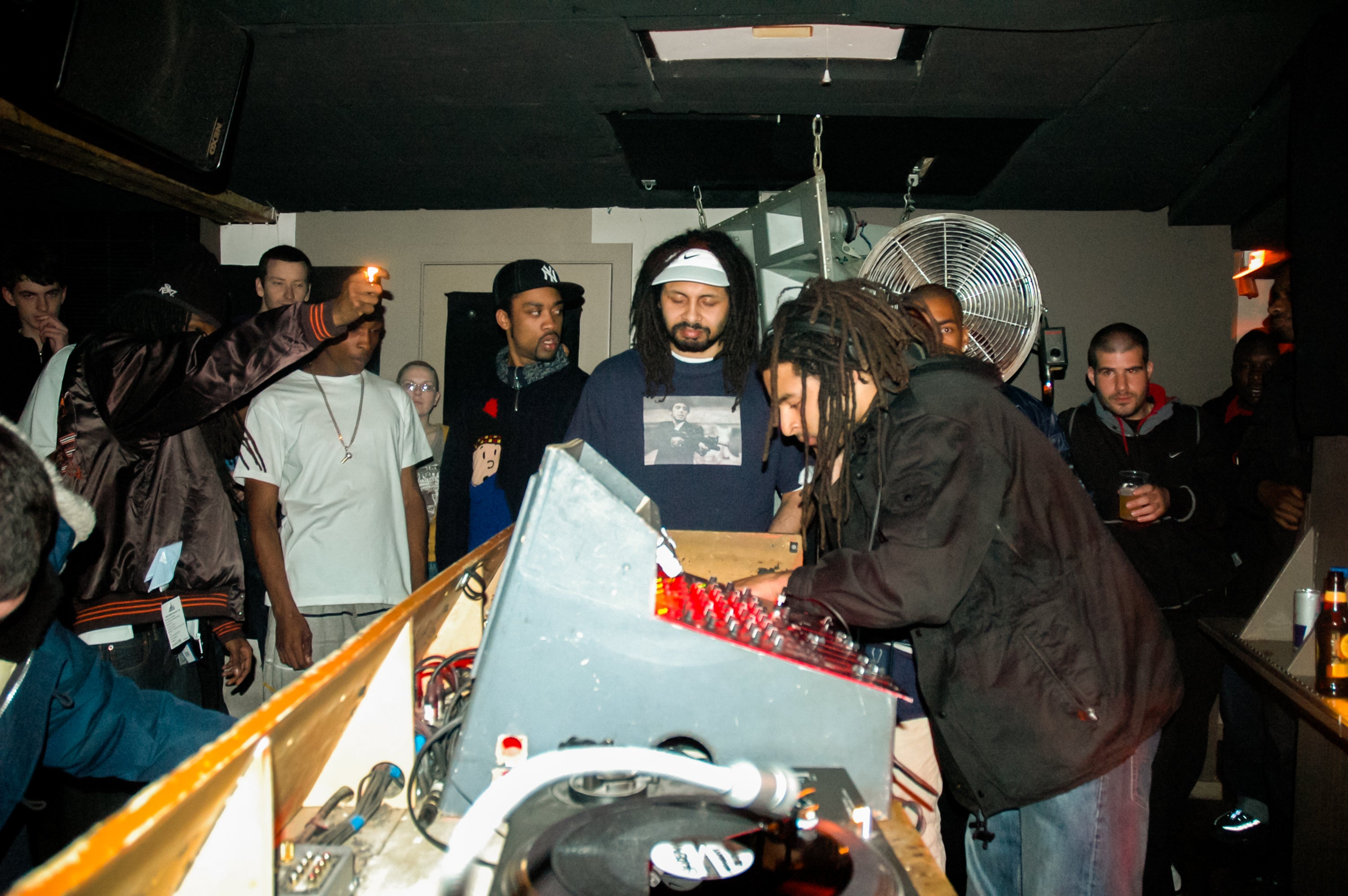
Your support helps us to tell the story
From reproductive rights to climate change to Big Tech, The Independent is on the ground when the story is developing. Whether it's investigating the financials of Elon Musk's pro-Trump PAC or producing our latest documentary, 'The A Word', which shines a light on the American women fighting for reproductive rights, we know how important it is to parse out the facts from the messaging.
At such a critical moment in US history, we need reporters on the ground. Your donation allows us to keep sending journalists to speak to both sides of the story.
The Independent is trusted by Americans across the entire political spectrum. And unlike many other quality news outlets, we choose not to lock Americans out of our reporting and analysis with paywalls. We believe quality journalism should be available to everyone, paid for by those who can afford it.
Your support makes all the difference.Photographer Georgina Cook remembers the first time she heard dubstep, the sparse, bass-heavy dance music that spread from the south London underground to global dominance over the course of the 2000s.
Sitting in a car outside Croydon’s Black Sheep Bar in 2004, dubstep pioneer Mala, of the duo Digital Mystikz, played her his new track, B. Cook immediately knew they were onto something special – the jittery breakbeats, off-kilter sub-bass and echoing vocals sounded both fresh and classic at once. Mala told her people were calling this new style dubstep.
A mishmash of UK garage, dub and 2-step, dubstep started in the bedrooms, club nights and pirate radio stations of London. Cook started tuning into Rinse FM and photographing the dubstep club nights, like the seminal FWD>> at Plastic People in Shoreditch and DMZ at Third Bass in Brixton, capturing the crowds, energy and buzz around the new sound.

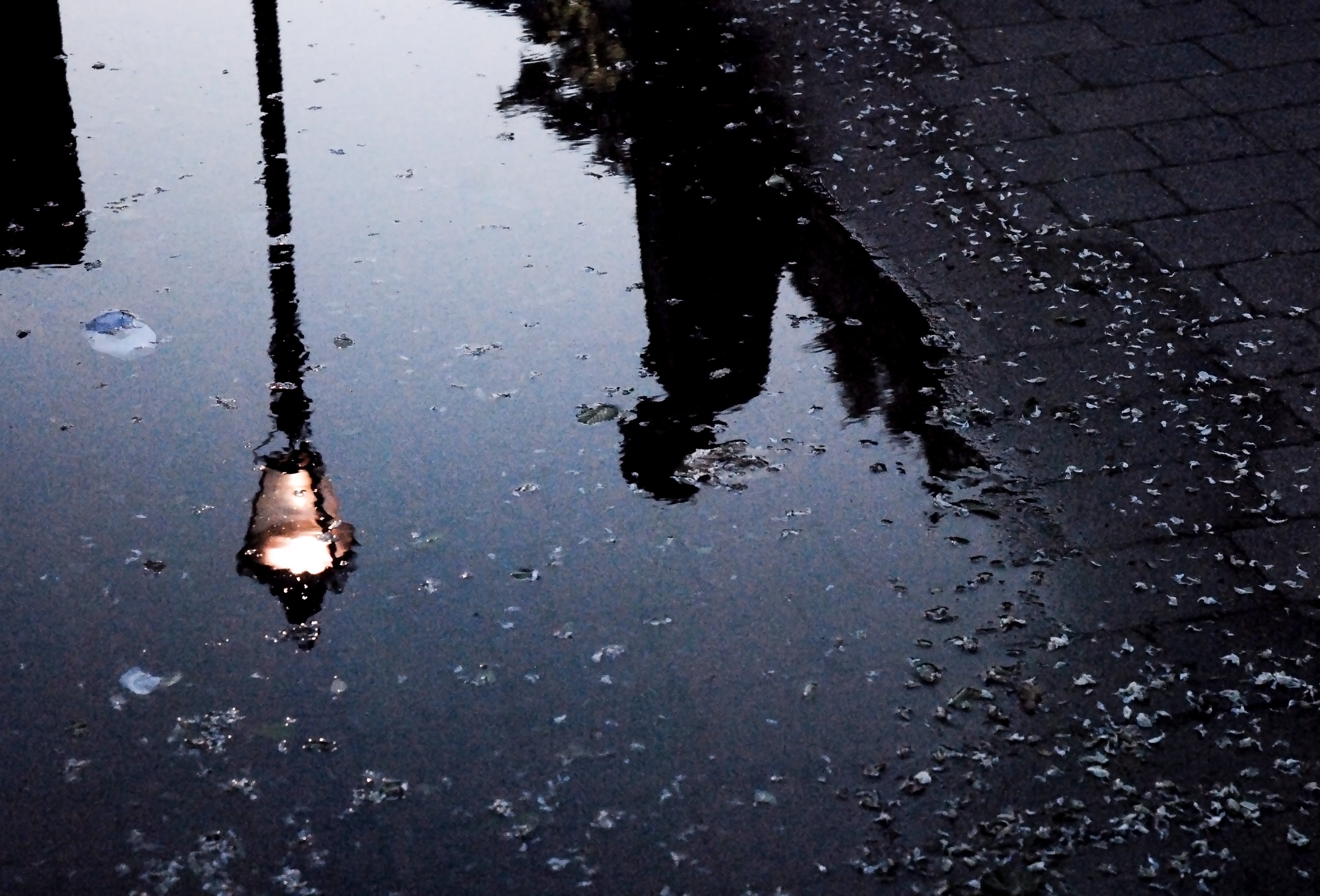
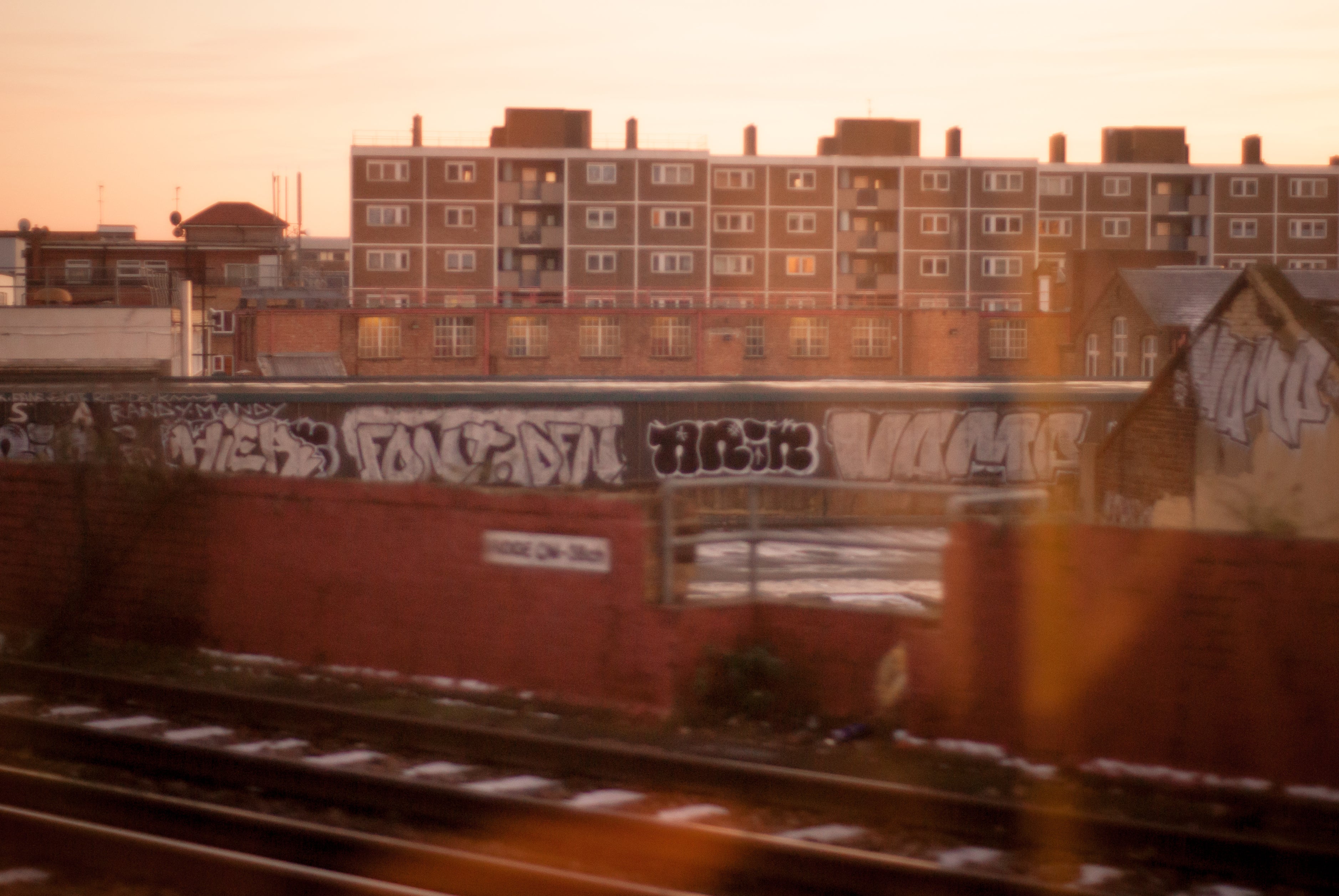
All of this is collected in her upcoming book, Drumz Of The South: The Dubstep Years (2004-2007). Currently being crowdfunded, it features over 150 pictures of clubs, raves, music production sessions and artist portraits. “I’ve been thinking about this book for years,” she says. “Timing-wise, it’s great, because now I speak to young people that were far too young or not even born to go to some of the nights or be involved with the sound, but are really, really into its history. So, it’s for them. And it’s also for the early dubstep community – a story of an incredible thing that they made.”
Her body of work, some of which she posted on her blog of the same name at the same time, helped build a visual parallel to the sound of dubstep. Her hard, digital flash illuminating dirty basements filled with cigarette smoke, or a sunrise seen through the smeared window of a train, capture the grimy, nocturnal romance of the early days of the scene.

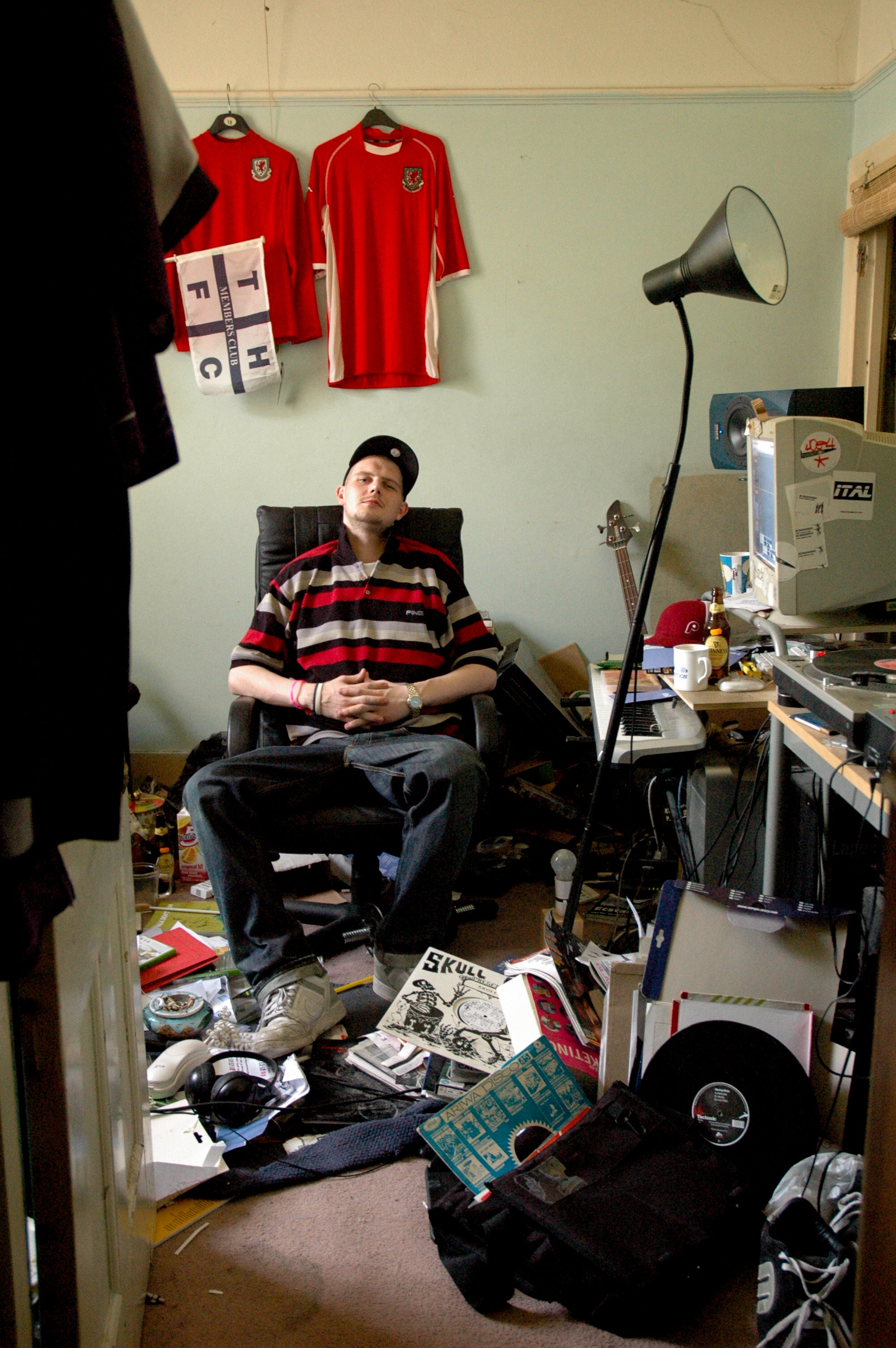

For her, London’s streets and natural landscapes were just as important in shaping dubstep as the clubs. She photographed the illusive producer Burial reflected next to a streetlamp in a puddle, his rain-splattered, murky silhouette more expressive of his music than any conventional portrait could be. After coming home from nights out and uploading her photos to her blogs, she would receive messages from far-flung countries thanking her for letting them “see” the music they had been finding on her blog and forums like dubstepforum.com.
“Dubstep was on the cusp of analogue and digital,” says Cook. “It came about in the early 2000s just as Web 2.0 and things like Myspace and instant messenger were becoming a thing. The visuals were as varied as the sound was back then, as individual dubstep artists were influenced by everything from metal to jazz. You had Skull Disco’s really fun and intricate illustrations of dancing skeletons and you also had Hyperdub’s digital camouflage aesthetic.”

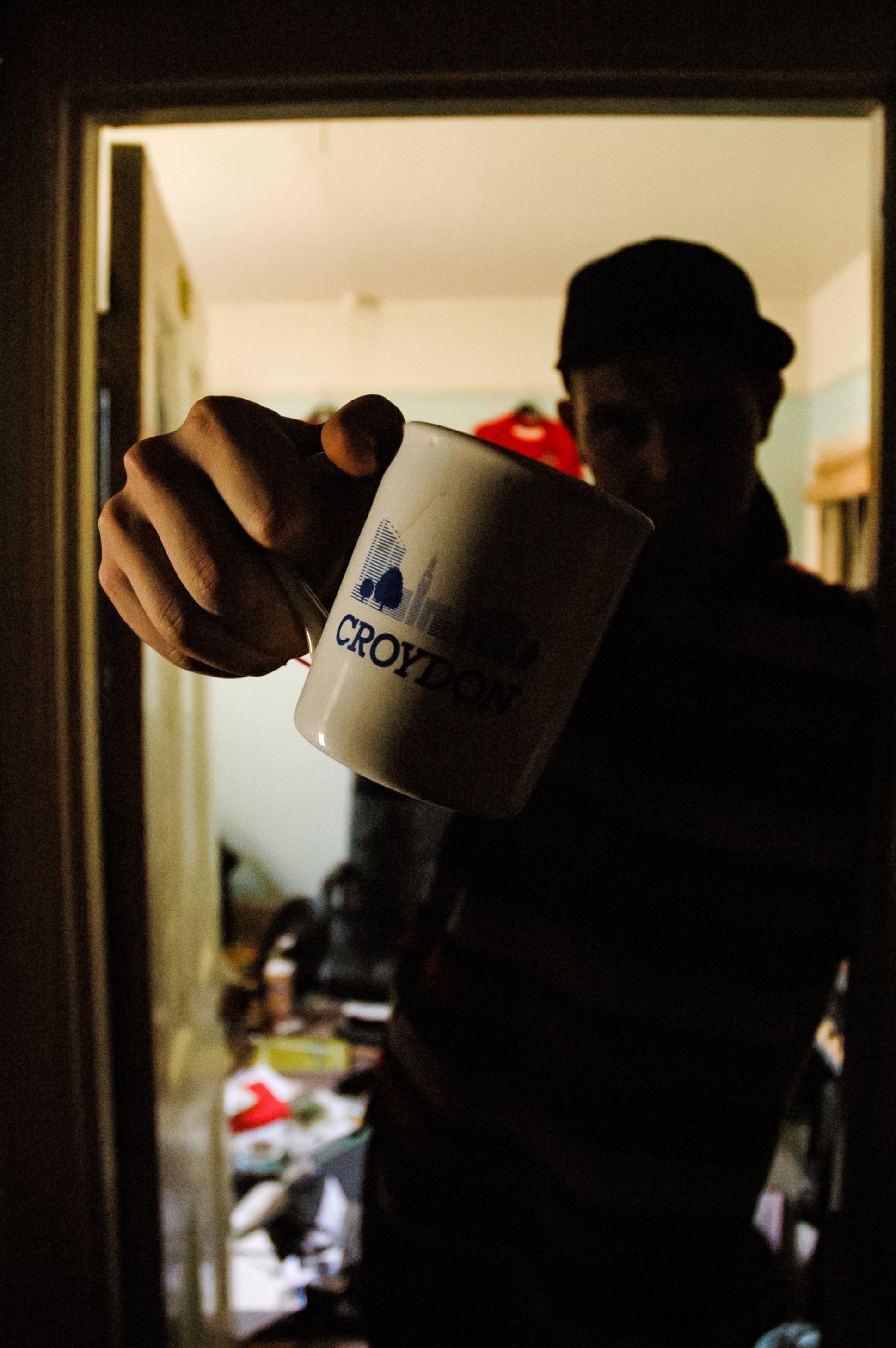
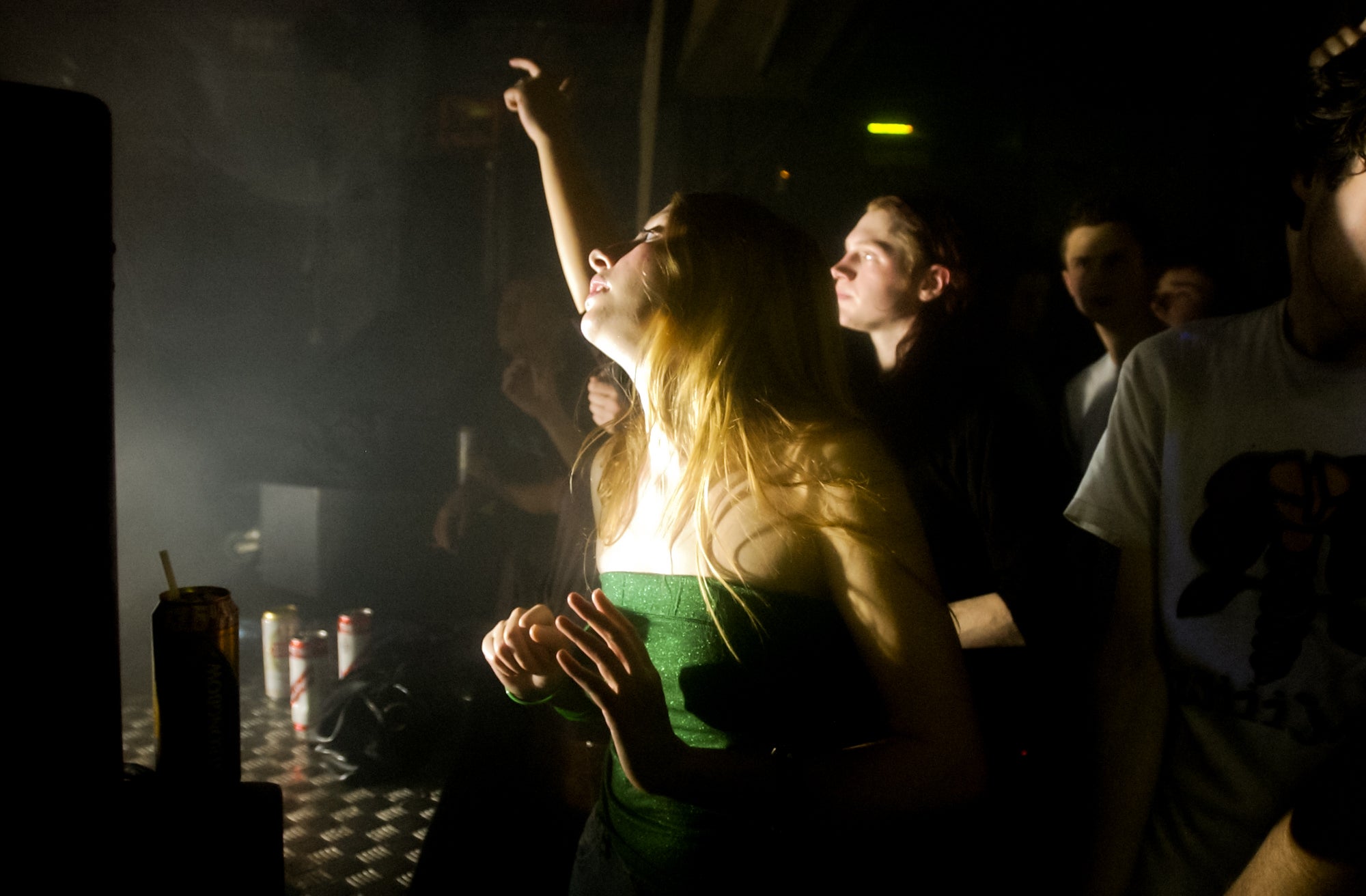
Her work is an important document of the early days of dubstep, before it was subsumed by the much-maligned, hyper-masculine brostep and taken overseas by blockbuster US artists like Skrillex. Cook’s work reminds us where the music came from – we see producer Loefah in a tiny, cluttered bedroom, with football shirts on the wall and a stained carpet; a young Skepta, entranced by the music, smoking inside a dingy club.
The tight-knit nature of the scene is obvious, as well as the joy of discovery and ownership of something they knew was special. “Everyone involved in the scene, be they door staff, promoter, label owner or DJ is a grafter if I’m honest,” says Cook, “and they’ve all contributed to changing music forever.”
Donate to the Kickstarter for Drumz Of The South: The Dubstep Years (2004-2007) here
Join our commenting forum
Join thought-provoking conversations, follow other Independent readers and see their replies
Comments